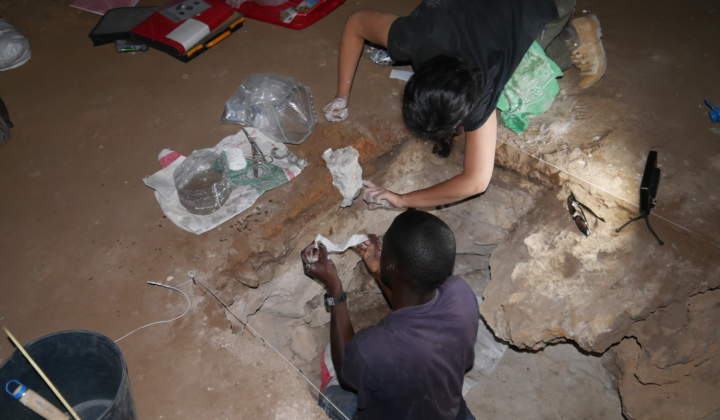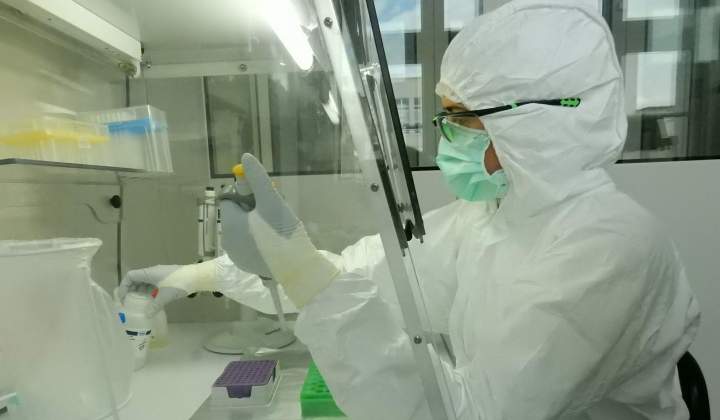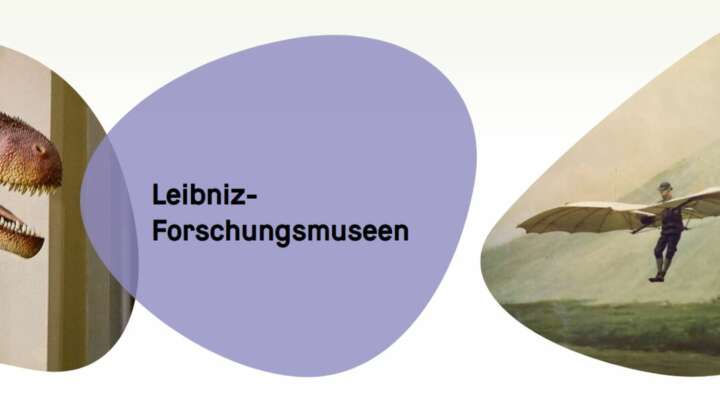Caves as Archives of the Past: New Leibniz ScienceCampus in Tübingen
The “GeoGenomic Archaeology Campus Tübingen (GACT)” investigates human impact on ecosystems by studying caves
At its meeting yesterday, the Senate of the Leibniz Association voted in favor of establishing a new ScienceCampus in Tübingen. This will create a research network between the Senckenberg Center for Human Evolution and Palaeoenvironment, the University of Tübingen, and the Max Planck Institute for Biology as well as other national and international institutions. Under the heading “GeoGenomic Archaeology Campus Tübingen (GACT),” researchers from various scientific disciplines will work together at the new Campus in an innovative and integrative way. The common goal is to use ancient DNA from cave sediments to study human interaction with, and impact on, past ecosystems over time.
The oldest traces of human occupation in a cave are around two million years old in Africa. “Early humans lived in caves because they provided easily accessible shelter as well as protection from the elements” explains the spokesperson for the new ScienceCampus, Junior Prof. Cosimo Posth of the Senckenberg Center for Human Evolution and Palaeoenvironment at the University of Tübingen, who submitted the proposal together with Dr. Susan Mentzer, Prof. Christopher Miller, and Prof. Nicholas Conard. Mentzer adds, “But not just humans used this natural ‘living space’ – caves have always provided shelter for numerous species, from microbes to large mammals.”
Although caves contain only a small fraction of the global biodiversity, they nevertheless harbor unique and distinct ecosystems. “These ecosystems can be significantly affected by external influences and, because they are sensitive to change, they are probably the first to have been profoundly altered by human activities,” explains Miller.
The new ScienceCampus, approved yesterday by the Senate of the Leibniz Association, will therefore start to take a closer look at caves and their sediments in order to investigate long-term demographic changes and relationships between humans, animals, plants, and microorganisms, both inside and outside of the immediate cave environment. To achieve this goal, the ScienceCampus will also develop new molecular, computational, geochemical, and geoarchaeological methods for analyzing sedimentary ancient DNA from caves. One of the caves under investigation is the UNESCO site “Hohle Fels” in the Swabian Jura, where excavations are currently taking place under the direction of Professor Conard. This cave provides an ideal platform to study the interactions between humans and other organisms from the last Ice Age to the present use for the purpose of “cave tourism.”
The Leibniz ScienceCampi provide Leibniz institutions and universities with the opportunity for topically focused cooperation in terms of a regional partnership. The aim is to create networks in order to further develop the respective research areas and strengthen the scientific environment. Leibniz ScienceCampi conduct strategic research, promote interdisciplinarity in topics, projects, and methods, raise the global visibility of the respective locations, and strengthen their research profile. Researchers at the new ScienceCampus in Tübingen will have access to an annual sum of one million euros over a period of four years.
“Our new Leibniz ScienceCampus in Tübingen shines a light into the darkness of caves! We are extremely excited about the multidisciplinary collaboration in this unique and innovative research field,” says Prof. Dr. Klement Tockner, Director General of the Senckenberg Gesellschaft für Naturforschung, and he continues, “In Tübingen, archaeologists, geneticists, bioinformaticians, microbiologists, geochemists, geoecologists, paleontologists, and paleoclimatologists will collaborate to increase our understanding of the interaction between humans and ecosystems in the past and the impact of humans on the ecosystems over time, based on DNA analyses. We are transcending disciplinary and institutional boundaries to create a creative scientific environment that will provide new and undoubtedly surprising insights into human history.”






